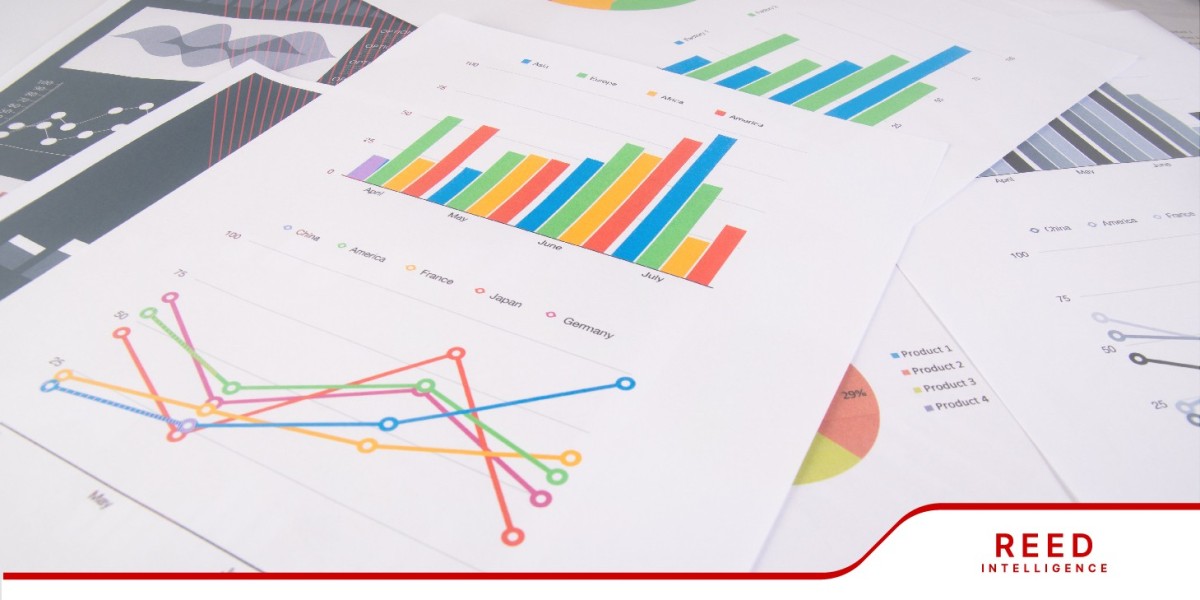Metallic paints bring an extra layer of realism and depth to your plastic models, transforming ordinary parts into gleaming metal surfaces that pop with detail. Whether you're building a model car, aircraft, figure, or even a spaceship, the right metallic paint can make elements like engines, exhausts, and weaponry look incredibly lifelike. But not all metallic paints are created equal—choosing the best one for your model can make all the difference in the final result. This guide will take you through the top metallic paints for plastic models and how to use them effectively for maximum realism.
Why Use Metallic Paints for Plastic Models?
Metallic paints mimic the look of real metal, which is essential when you're painting parts like engines, weapons, or chrome details. They reflect light in a way that non-metallic paints can’t, adding an authentic gleam to surfaces that need to look like steel, aluminum, or gold.
Using metallic paints properly can make your models more dynamic and give the illusion of weight and strength, especially on mechanical or industrial elements. Whether it’s a shiny aircraft panel, a rusty exhaust pipe, or a knight’s armor, metallic best paint for plastic models add that extra touch of realism that makes your model stand out.
Types of Metallic Paints
Before diving into specific brands, it’s important to understand the types of metallic paints available. Each type has its strengths and is suited to different applications.
Acrylic Metallic Paints
- Water-based and easy to clean up.
- Dries quickly, making it ideal for those who want fast results.
- Can be thinned with water for airbrushing or applied by brush.
Enamel Metallic Paints
- Oil-based, offering a durable finish.
- Takes longer to dry but provides a smooth, glossy surface.
- Ideal for brush painting small details but can also be airbrushed.
Lacquer Metallic Paints
- Solvent-based, with a quick drying time and a hard, glossy finish.
- Produces the most realistic metallic sheen, often used for high-quality, polished metal surfaces.
- Requires specific thinners and safety precautions due to strong fumes.
Best Acrylic Metallic Paints for Plastic Models
Acrylic metallic paints are versatile, easy to use, and great for modelers of all levels. They are available in a wide range of metallic shades, from steel and aluminum to gold and copper. Here are some of the top acrylic metallic paints:
Vallejo Model Air Metallics
- Ideal for airbrushing: These paints are pre-thinned for airbrush use, making application smooth and effortless.
- Wide range of colors: From Silver to Gunmetal, you’ll find a shade for almost any metallic need.
- Water-based and non-toxic: Easy to clean up and safe to use indoors.
Vallejo’s metallic range is particularly good for aircraft, sci-fi models, and any project requiring a sleek metallic finish. They also work well when layered with weathering effects for a worn metal look.
Citadel Metallics (Games Workshop)
- Perfect for miniatures: Citadel metallics are widely used for Warhammer and other miniature figures, producing fine metallic details.
- High opacity: Covers surfaces well, even on small, intricate parts.
- Brush-friendly: Designed for hand painting, these paints spread evenly and dry quickly.
Citadel’s Leadbelcher, Ironbreaker, and Retributor Armor are among the most popular metallic shades, offering great coverage and a realistic metallic finish. These paints are ideal for armor, weapons, and machinery on figures.
Best Enamel Metallic Paints for Plastic Models
Enamel metallic paints provide a durable finish and are excellent for detail work on models. They can be hand-brushed or airbrushed and offer a range of metallic sheens from high gloss to dull metallics.
Testors Model Master Metallics
- Classic enamel formula: Known for its durability and smooth finish.
- Great for weathering: Enamels can be blended and manipulated for a longer period, allowing for more subtle effects.
- High gloss options: Perfect for chrome and polished metal surfaces.
Testors’ Metallic Silver and Gold are excellent for achieving a shiny, reflective metal finish. They’re also ideal for automotive models, where a durable, polished look is required.
Humbrol Metallic Enamels
- Excellent coverage: Provides a smooth, even coat with high opacity.
- Brush or airbrush: Can be used with either method, making it versatile for modelers.
- Slow drying for blending: The slower drying time allows for advanced weathering techniques.
Humbrol’s range is perfect for military models, especially tanks, planes, and naval ships, where a subtle metallic sheen can be blended with weathering for realism.
Best Lacquer Metallic Paints for Plastic Models
Lacquer paints provide the highest level of realism and shine, especially for polished metal finishes. They are often used by professional modelers and require more careful handling due to their strong fumes and the need for specific thinners.
Alclad II Lacquer Metallics
- Best for polished finishes: Known for achieving a stunning mirror-like finish, especially with colors like Chrome and Polished Aluminum.
- Airbrush-only: These paints are designed specifically for airbrushing, offering a smooth, even coat with very fine metallic particles.
- Great for bare metal finishes: Ideal for aircraft models or automotive builds where a high-gloss, metallic finish is essential.
Alclad’s lacquers are unbeatable for creating realistic aircraft fuselages, chrome finishes on car parts, and polished weaponry on sci-fi models. However, they do require a primer and careful preparation for best results.
Mr. Hobby Super Metallics
- High-quality lacquer formula: Offers a durable and smooth metallic finish.
- Bright, vibrant metallics: Shades like Super Gold, Super Silver, and Iron are perfect for creating detailed metallic surfaces.
- Quick drying: Dries faster than enamels and acrylics, ideal for multiple coats in a short time.
Mr. Hobby’s Super Metallics are great for everything from Gundam models to automotive and aircraft builds. They give an excellent metallic sheen while being slightly easier to work with than Alclad.
Tips for Painting Metallics on Plastic Models
Achieving the best metallic finish on your models requires some preparation and technique. Here are a few tips to help you get that perfect metallic look:
1. Prime Your Model
Metallic paints show every little flaw in the surface, so it’s essential to prime your model first. Use a black or grey primer for a deeper metallic tone, especially when working with lacquers.
2. Thin Your Paints
Whether you’re using acrylic, enamel, or lacquer metallics, thinning your paint before airbrushing or brushing will ensure a smooth, even coat. Follow the manufacturer’s thinning recommendations for best results.
3. Apply Multiple Thin Layers
Metallics tend to look best when built up in multiple thin coats. This prevents the paint from looking thick or uneven, giving you a smooth, shiny surface.
4. Seal the Finish with a Clear Coat
Metallic paints can be prone to scratching, so it’s a good idea to apply a clear coat after the paint has dried. For glossy metallic finishes, use a gloss clear coat. For weathered metal, a matte or satin clear coat will work better.
5. Experiment with Weathering Techniques
To add realism to metallic parts, experiment with weathering techniques like dry brushing, washes, or pigments. These techniques can make metallic parts look aged, worn, or battle-damaged.
Common Mistakes to Avoid When Using Metallic Paints
1. Skipping Primer
Metallic paints show surface imperfections more than regular paints. Skipping primer can lead to an uneven or bumpy finish, so always prime your model first.
2. Applying Too Thick a Coat
Thick coats of metallic paint can look uneven and lose their reflective quality. Always apply multiple thin layers for the best result.
3. Not Using the Right Thinner
Metallic paints, especially lacquers, require specific thinners to achieve the best finish. Using the wrong thinner can lead to poor coverage or an uneven surface.
Conclusion
Metallic paints add a stunning layer of realism to plastic models, making mechanical parts, armor, and chrome details look true to life. Whether you prefer the convenience of acrylics, the durability of enamels, or the stunning sheen of lacquers, there’s a metallic paint out there to suit your project. By choosing the right paint and applying it carefully, you can make your models shine—literally!
Our Social Pages:
https://plastic-models-store.com/
https://www.facebook.com/plastic.models.store








